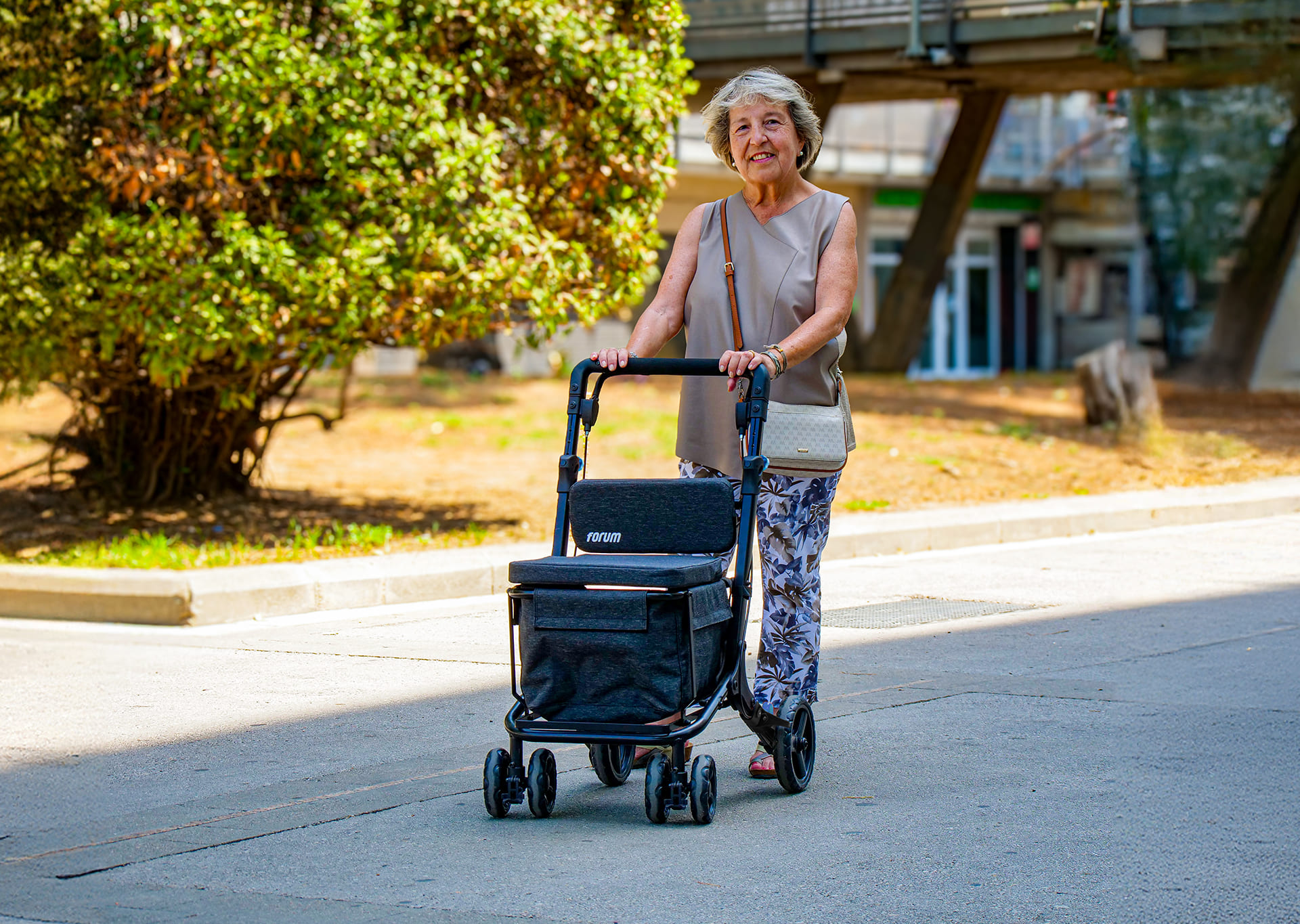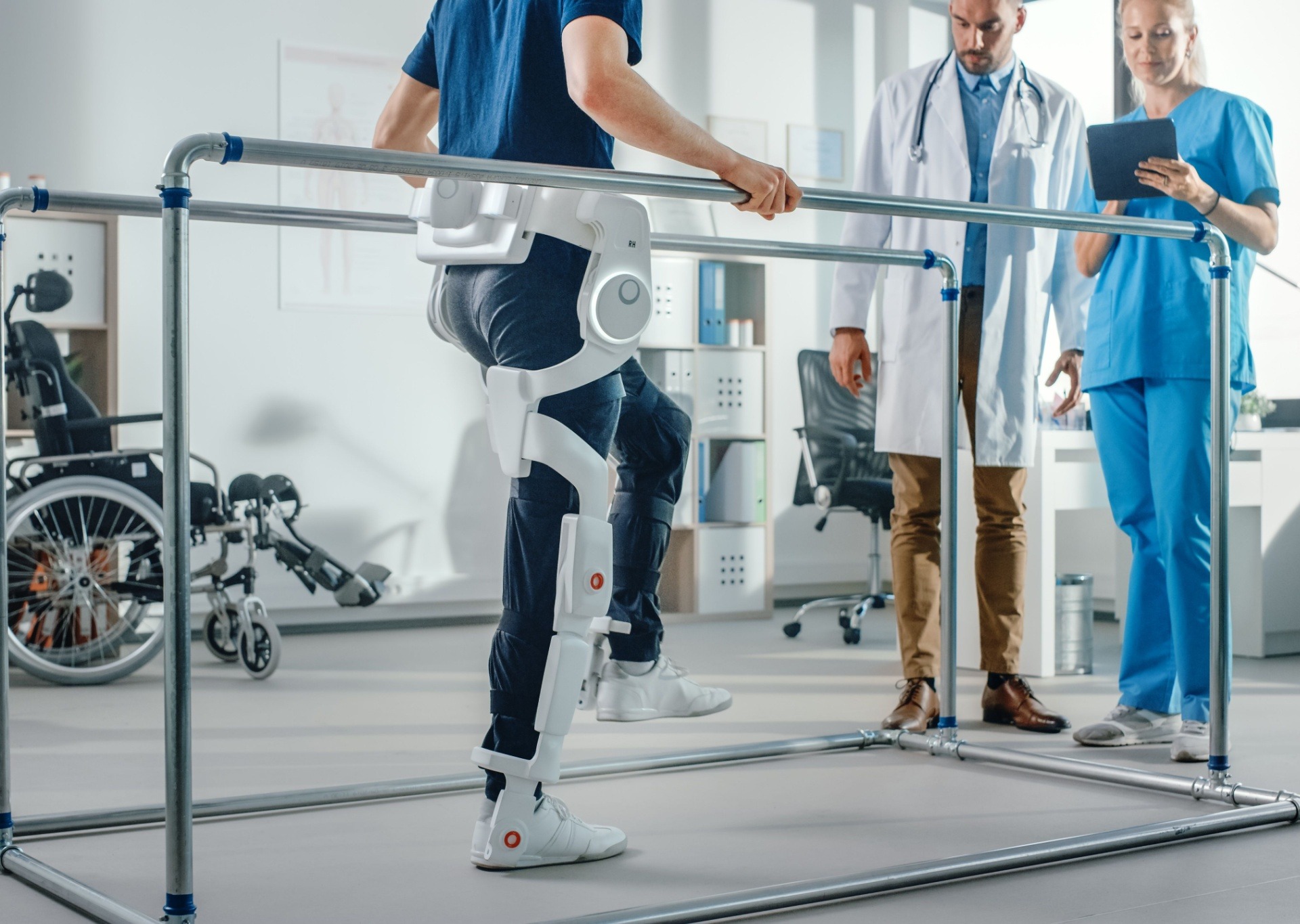
Aging Facts: White Hair and Skin Changes
Did you know that aging not only affects our energy and mobility, but also our physical appearance? Over the years, it’s common to observe visible changes in hair and skin. These changes, although natural, have fascinating scientific causes that reflect how our bodies adapt to the passage of time. In this article, we explore the factors behind white hair and skin changes, two of the most noticeable signs of aging.
Why does hair turn white?
Hair color is primarily determined by a pigment called melanin, which is produced by specialized cells known as melanocytes, located in hair follicles. Melanin is not only responsible for giving hair its color but also for protecting it from damage caused by ultraviolet rays. As we age, melanocyte activity gradually declines, leading to less melanin production. This causes hair color loss, which can turn gray, silver, or completely white.
Genetics plays a crucial role in this process. Some people may begin to experience graying at a young age due to inherited factors, while others will see it appear much later in life. In addition to genetics, certain external factors can also accelerate the graying process. For example, chronic stress has been linked to an increased risk of premature graying, as it could interfere with the biological processes that control melanin production.
Although the graying process cannot be completely halted, maintaining a healthy lifestyle that includes a balanced diet and avoiding stress as much as possible can help delay its onset.
Skin Changes: Elasticity, Hydration, and Pigmentation
Like hair, skin also undergoes significant transformations as it ages. One of the most important factors affecting the skin is the decrease in the production of collagen and elastin, two key proteins that maintain skin’s firmness, elasticity, and youthfulness. Over time, the skin loses its ability to repair itself quickly, causing it to become thinner, less elastic, and more prone to wrinkles.
As the production of these proteins decreases, the skin loses thickness and its ability to recover from stress or stretching. This contributes to the formation of wrinkles and sagging, especially in areas that have been consistently exposed to the sun, such as the face, neck, and hands.
The skin also loses some of its ability to retain moisture. The skin barrier, which acts as a protective shield in young people, weakens over time, leading to drier skin. This dryness can increase the visibility of wrinkles and make the skin appear dull.
Pigmentation spots, also known as age spots or solar lentigines, are another common change that occurs with aging. These spots are the result of melanin accumulation in specific areas of the skin, usually due to years of sun exposure without adequate protection. Dark spots are more common in older people and can be commonly found on the face, hands, and shoulders.
In addition to genetic and environmental factors, hormonal changes also play an important role in skin texture and appearance. For example, the decline in estrogen levels during menopause can contribute to the loss of skin elasticity, as this hormone is involved in collagen production.
Additional Factors Affecting Skin with Aging
Although age-related skin changes are inevitable, many factors can influence how and when they occur. Sun exposure is undoubtedly one of the most important factors that accelerates skin aging. Ultraviolet radiation damages collagen and elastin fibers, resulting in more wrinkled, blotchy, and sagging skin.
In addition, lifestyle habits such as diet, sleep, and exercise also influence skin health. Maintaining a diet rich in antioxidants (found in fruits, vegetables, and nuts) and essential fatty acids can help protect your skin from damage and improve its appearance. Getting enough sleep and avoiding excessive stress are also factors that contribute to healthier, more radiant skin.
How to Prevent the Effects of Aging on Skin and Hair
While aging is a natural process, there are steps we can take to minimize its effects on hair and skin. Here are some key tips:
- Sun Protection: Wearing sunscreen every day, even on cloudy days, helps prevent sun damage and the premature formation of spots and wrinkles.
- Hydration: Keeping your skin well hydrated is essential. Using moisturizers containing ingredients like hyaluronic acid can help retain moisture.
- Healthy Eating: A diet rich in antioxidants, vitamins C and E, and omega-3 fatty acids promotes healthy skin and hair.
- Take Care of Your Hair: Avoiding the overuse of harsh chemicals and protecting your hair from the sun and cold can help maintain its health and color longer.
Conclusion
Graying hair and skin changes are two of the most obvious signs of aging, but they are also a natural part of life. These processes are profoundly influenced by genetic, environmental, and lifestyle factors. Although we cannot prevent the passage of time, we can adopt healthy habits that help reduce the visible effects of aging and enjoy a healthier, more vital aging experience. Accepting these changes as part of our biological evolution and taking care of our health holistically will allow us to age fully and consciously.








